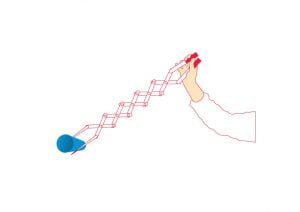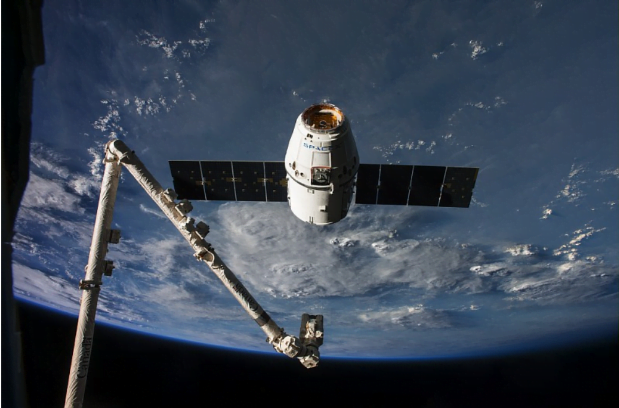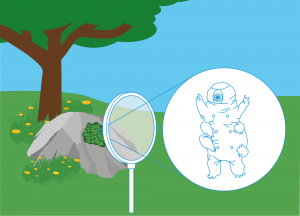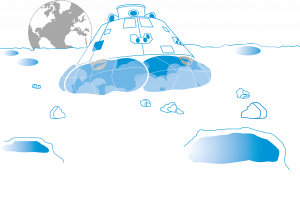Robotic Arm – Become a space engineer for a day
In this activity, students will learn how their arm works and build a robotic arm inspired on it.
Students will understand the different functions of bones and muscles.
They will build and test a model robotic arm and understand why a robotic arm is a very important tool in space.
Learning Objectives:
Age range:
8-12 years old
Time
Lesson: 60 minutes
Resource available in:
Activity 1: How does our arm work?
In this activity, pupils will learn how the arm works and why robotic arms are useful tools.
Equipment
Activity 2: Build your robotic arm
In this activity, pupils will build their own robotic arm and use it to perform different tasks and test its functionality in different situations.

Equipment
Did you know?
ESA astronaut Thomas Pesquet took this photo from the International Space Station and said that “the robotic arm is one of the most essential parts of the International Space Station and is used for every capture and berthing of supply spacecaft”.

The European Robotic Arm (ERA) aboard the ISS
Keywords:

Moon Constitution – How would a future lunar community be organised?
Brief description: In this resource, pupils will debate some organisational and social characteristics of a future settlement on the Moon and relate it to their

Space Bears – Lab-experience with Tardigrades
Brief description: In this set of experimental activities, students will investigate the survival abilities of tardigrades, also known as water bears. They will expose conditions

Landing on the moon – Planning and designing a lunar lander
Brief description: In this set of activities, students will plan, design and build a landing module to secure the survival of the crew (in the



